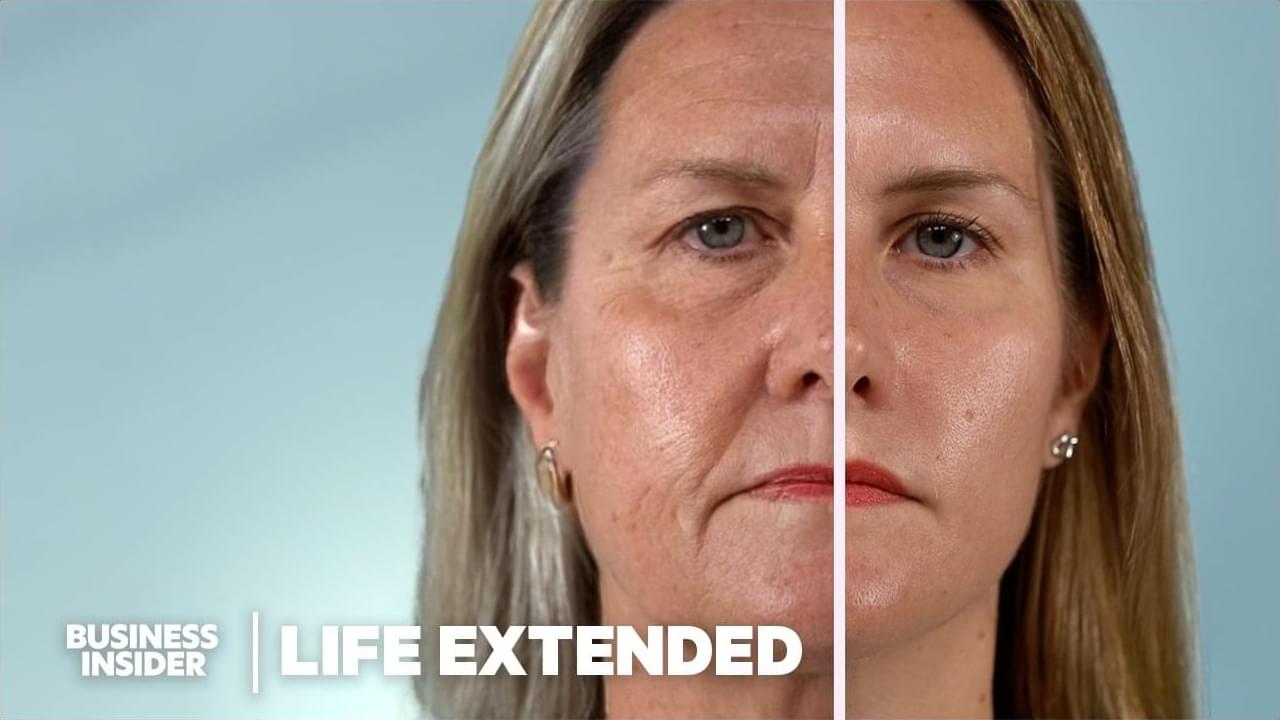Oct 8, 2024
Experts baffled as 100-foot oily geyser continues eruption in Texas
Posted by Genevieve Klien in category: futurism
A well came back to life Wednesday and hasn’t stopped since, with experts trying to get to the bottom of things.
A well came back to life Wednesday and hasn’t stopped since, with experts trying to get to the bottom of things.
The European Space Agency (ESA) just launched its much-anticipated effort to explore the wreckage of the asteroid Dimorphos, the cosmic body that NASA successfully obliterated last year during its pioneering planetary defense test in 2022. The “crash scene” surveillance team includes the spacecraft Hera as well as two tiny cubesats,…
The Nobel Prize in Physics has been awarded to two scientists, Geoffrey Hinton and John Hopfield, for their work on machine learning.
British-Canadian Professor Hinton is sometimes referred to as the “Godfather of AI” and said he was flabbergasted.
He resigned from Google in 2023, and has warned about the dangers of machines that could outsmart humans.
Aesthetic bewilderment is a kind of common ground in science and art, an engine for new ideas in both disciplines, writes Brazilian artist Vik Muniz in the introduction to a new book of photographs and essays about bacteria by microbiologist Tal Danino. That book, titled Beautiful Bacteria: Encounters in the Microuniverse, was published last week.
Danino collaborated with Muniz on a number of projects—including one that involved making art out of viruses and cancer cells—when Muniz was a visiting artist at MIT. “I think that scientists oftentimes see a beautiful pattern and wonder about the underlying processes that make such a pattern happen,” says Danino when I ask him what aesthetic bewilderment means to him. Take the complex architectures of the snowflake, the markings on the coats of animals, or the fractal-like arrangements produced by some communities of microbes. “I think that there’s a lot of scientific work that just begins with a scientist saying, ‘Wow, this is such a cool pattern or dynamic process and I really want to study it,’” he says.
Two of San Francisco’s leading players in artificial intelligence have challenged the public to come up with questions capable of testing the capabilities of large language models (LLMs) like Google Gemini and OpenAI’s o1. Scale AI, which specializes in preparing the vast tracts of data on which the LLMs are trained, teamed up with the Center for AI Safety (CAIS) to launch the initiative, Humanity’s Last Exam.
Featuring prizes of US$5,000 (£3,800) for those who come up with the top 50 questions selected for the test, Scale and CAIS say the goal is to test how close we are to achieving “expert-level AI systems” using the “largest, broadest coalition of experts in history.”
Why do this? The leading LLMs are already acing many established tests in intelligence, mathematics and law, but it’s hard to be sure how meaningful this is. In many cases, they may have pre-learned the answers due to the gargantuan quantities of data on which they are trained, including a significant percentage of everything on the internet.
Information about Tom Snyder: AI could be smarter than humans when it comes to health care.

Billionaires are backing top scientists racing to develop tech that could reverse aging. Cellular reprogramming promises to rejuvenate the body… but how does it work, and is it safe?
00:00 – Introduction.
00:55 – The Role Of Stem Cells.
02:33 – What Is Aging?
03:24 – What Is Cellular Reprogramming?
03:56 – How The Yamanaka Factors Can Rejuvenate Cells.
05:35 – Why Scientists Want To Partially Reprogram Cells.
06:28 – How Humans Could Become More Resilient To Age-Related Diseases.
07:00 – How Johnny Huard Uses Cellular Reprogramming.
08:10 – How Cellular Reprogramming Could Shape The Future.
08:38 – Amazon’s Jeff Bezos Is Investing Billions With Altos Labs.
09:02 – How Harvard Professor David Sinclair Used Cellular Reprogramming on Mice.
10:07 – ChatGPT’s Sam Altman Launched Retro. Biosciences.
10:57 – The Risks of Cellular Reprogramming, Including Cancer.
12:56 – How the Tech World Is Investing In Biotech.
13:50 – Credits.
STOCKHOLM — John Hopfield and Geoffrey Hinton were awarded the Nobel Prize in physics Tuesday for discoveries and inventions that formed the building blocks of machine learning.
“This year’s two Nobel Laureates in physics have used tools from physics to develop methods that are the foundation of today’s powerful machine learning,” the Nobel committee said in a press release.
Hopfield’s research is carried out at Princeton University and Hinton works at the University of Toronto.
